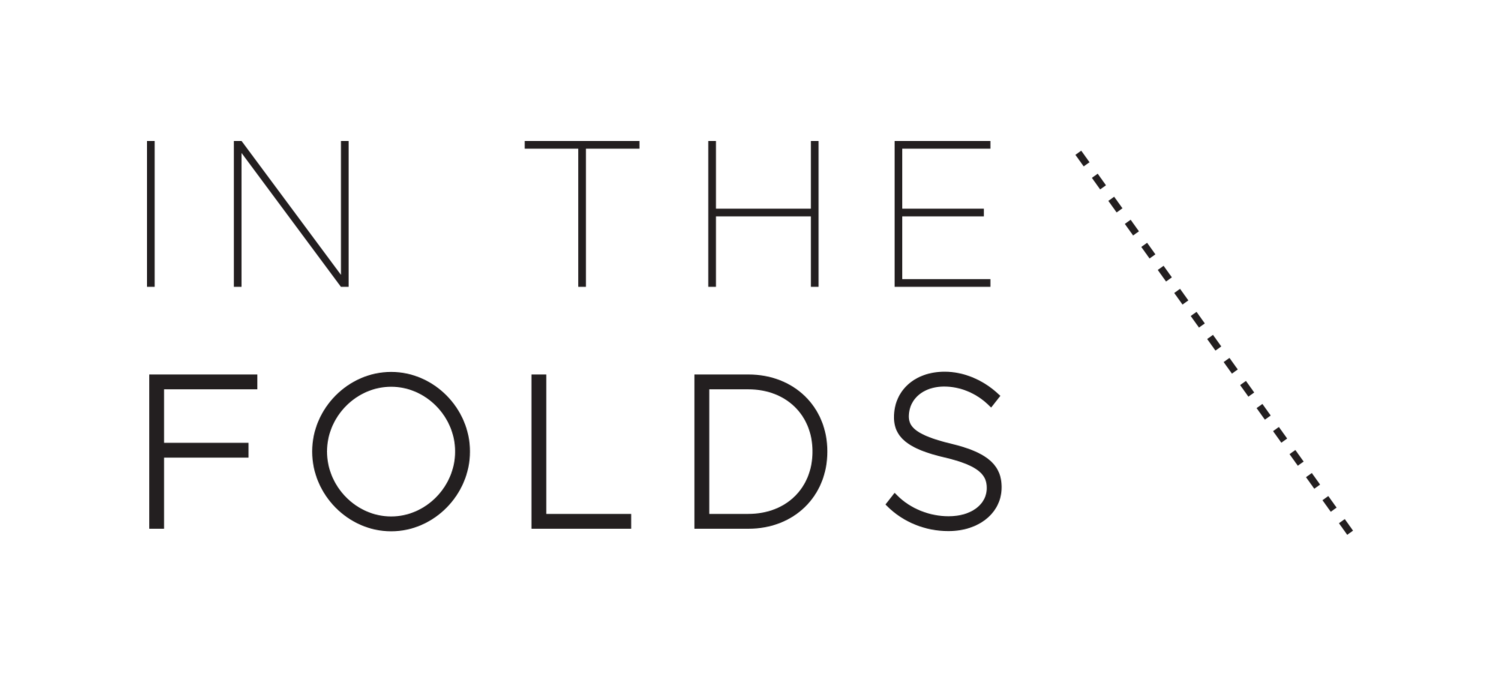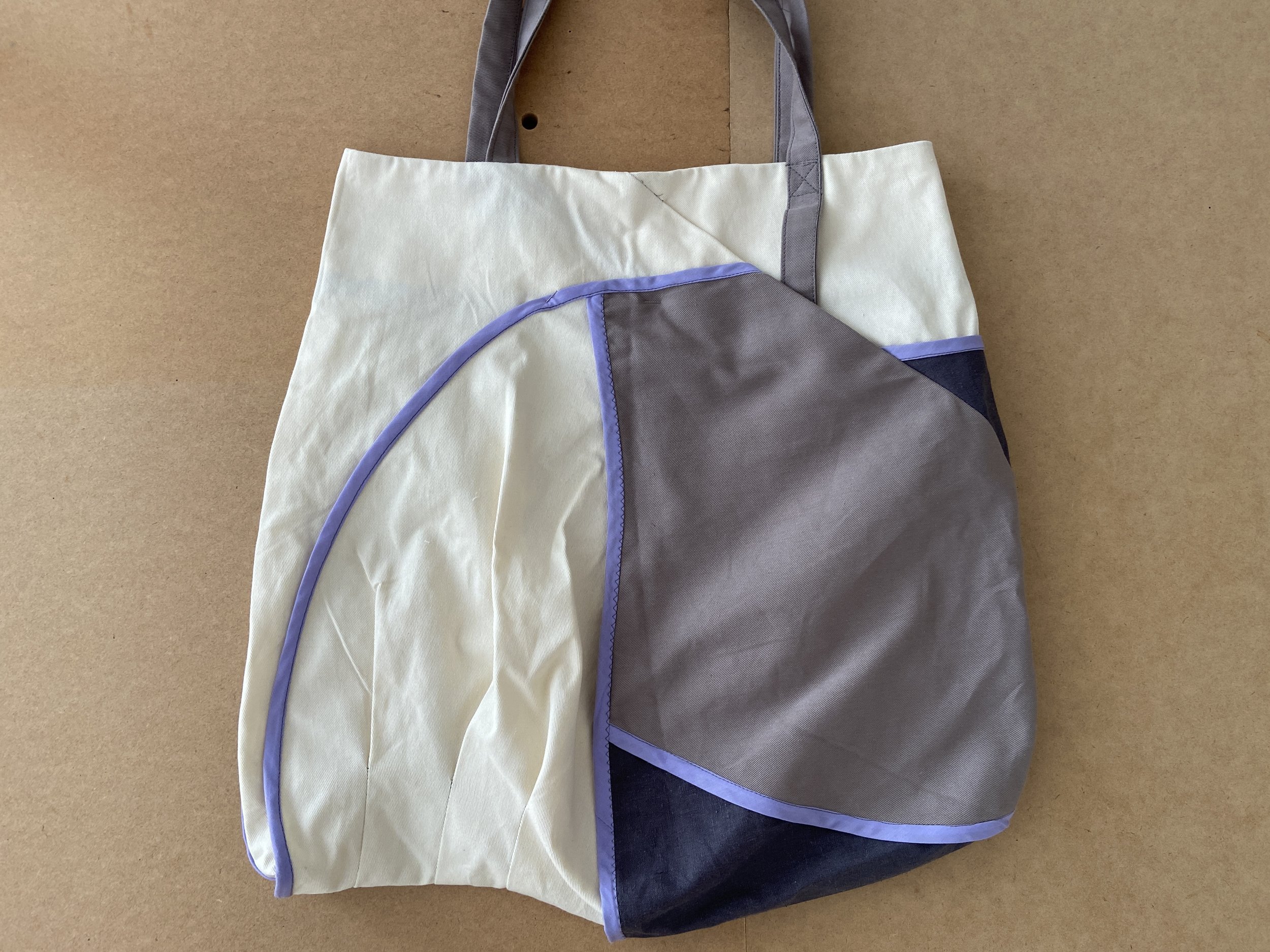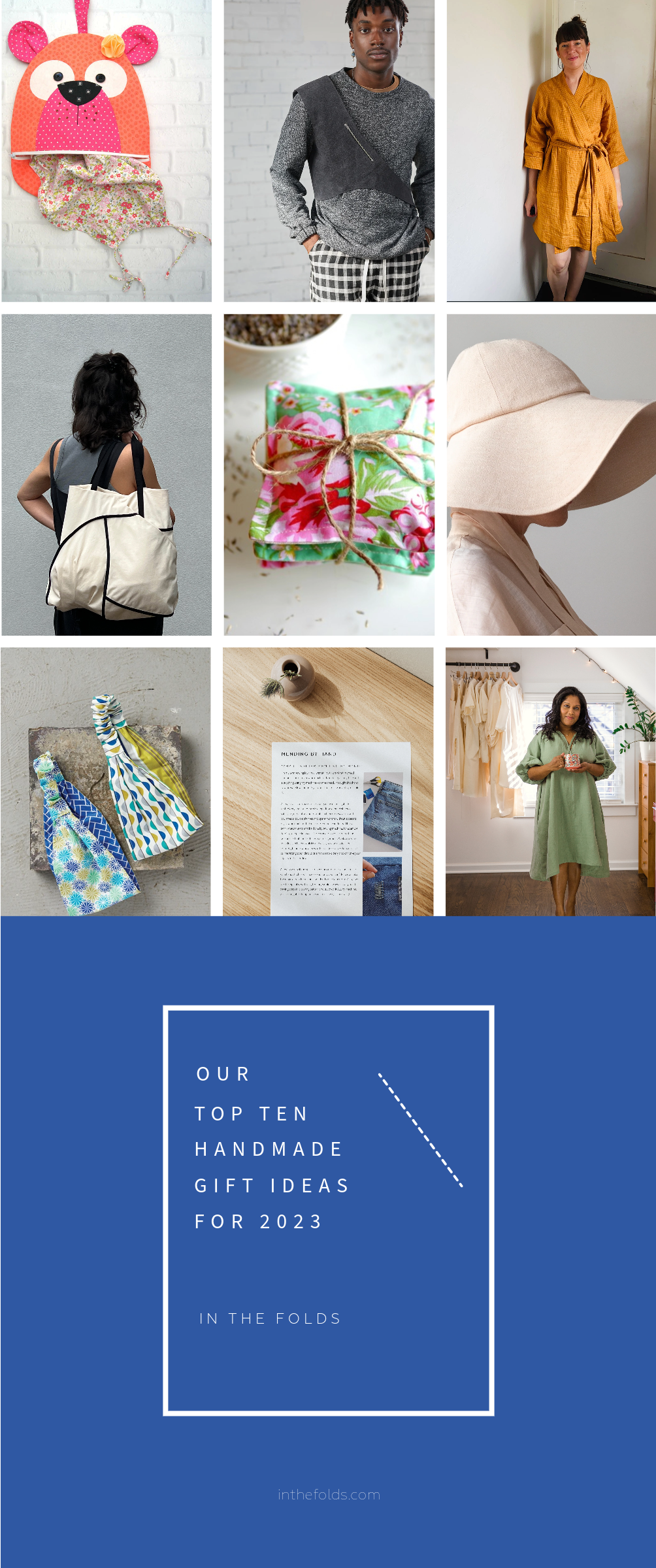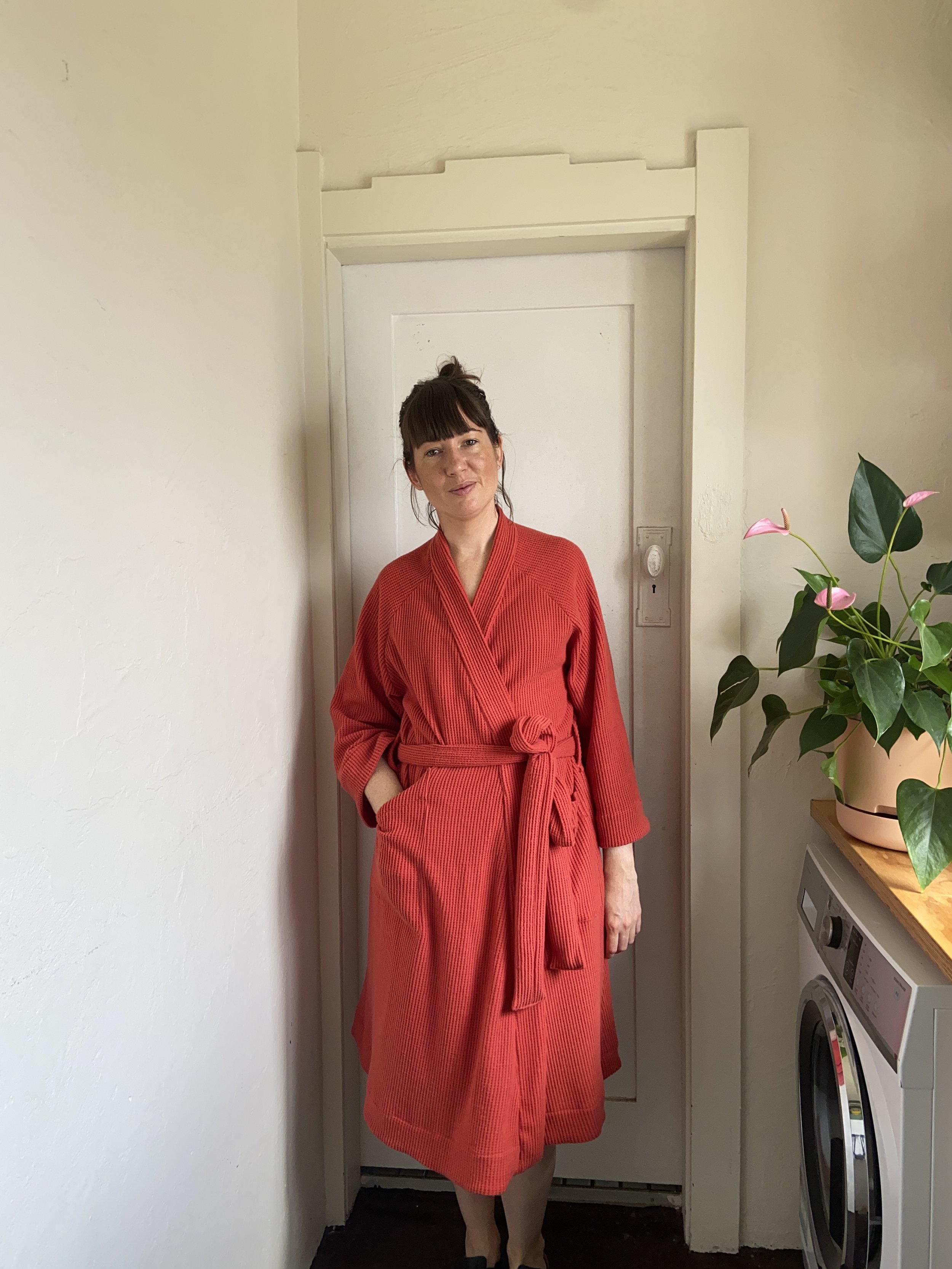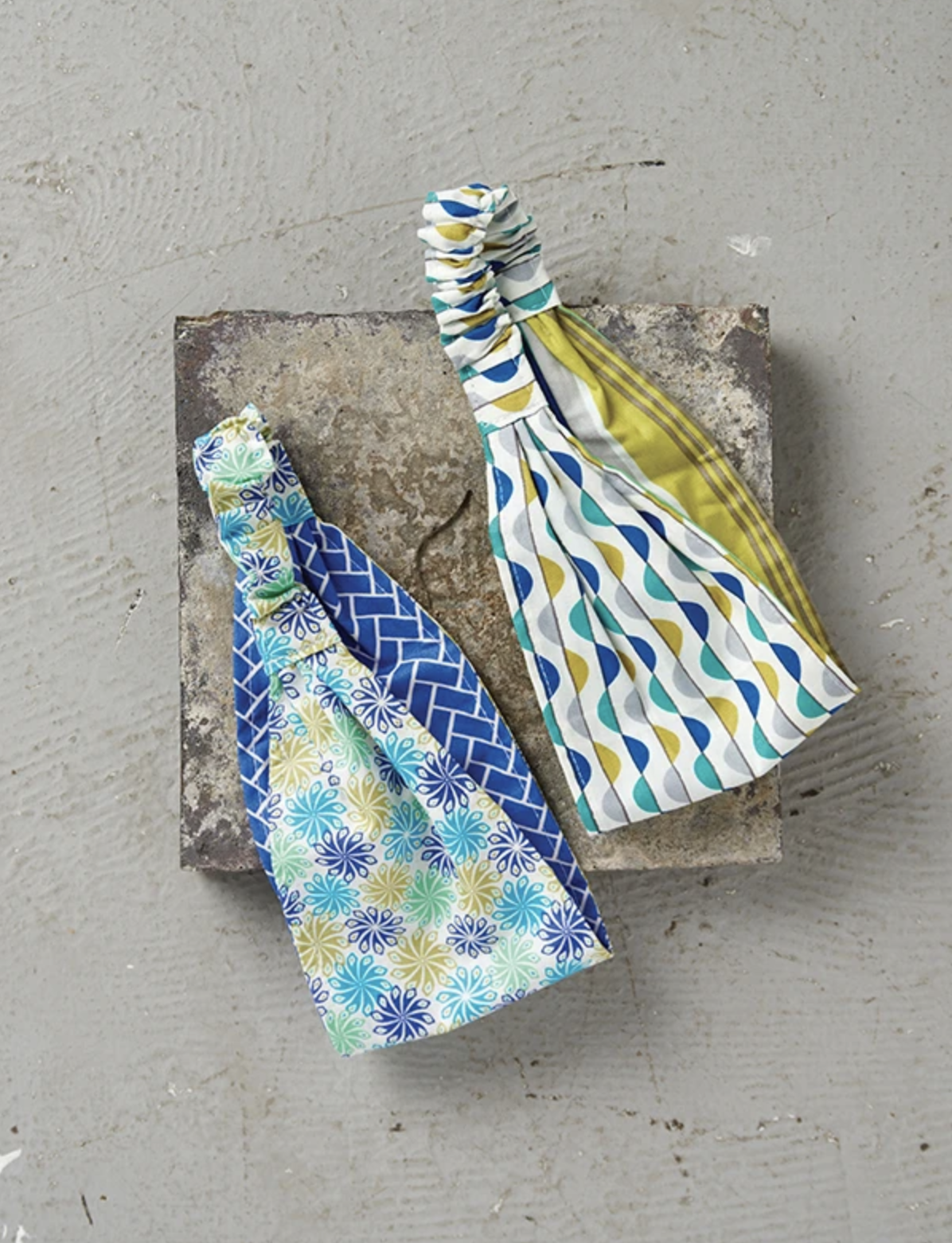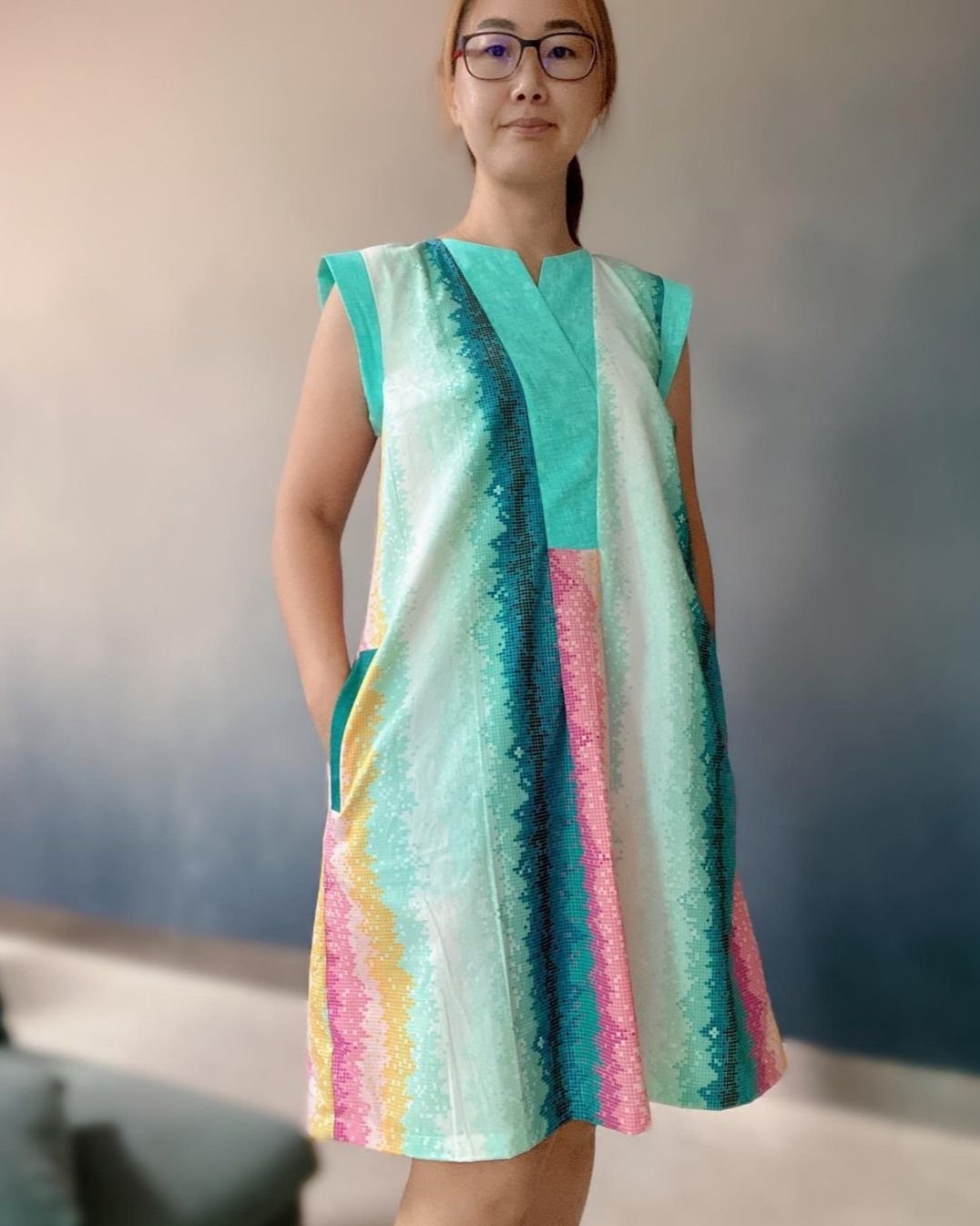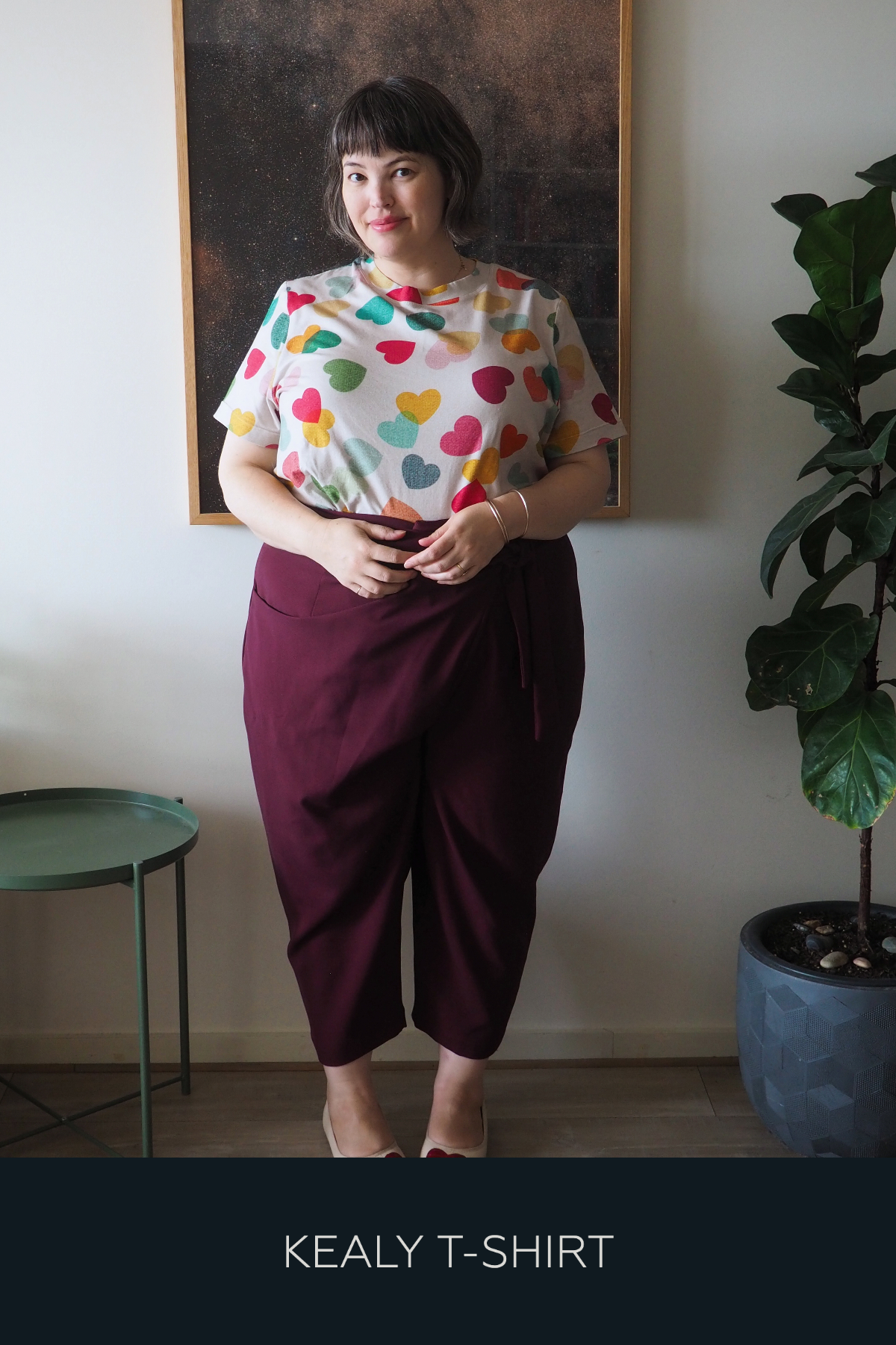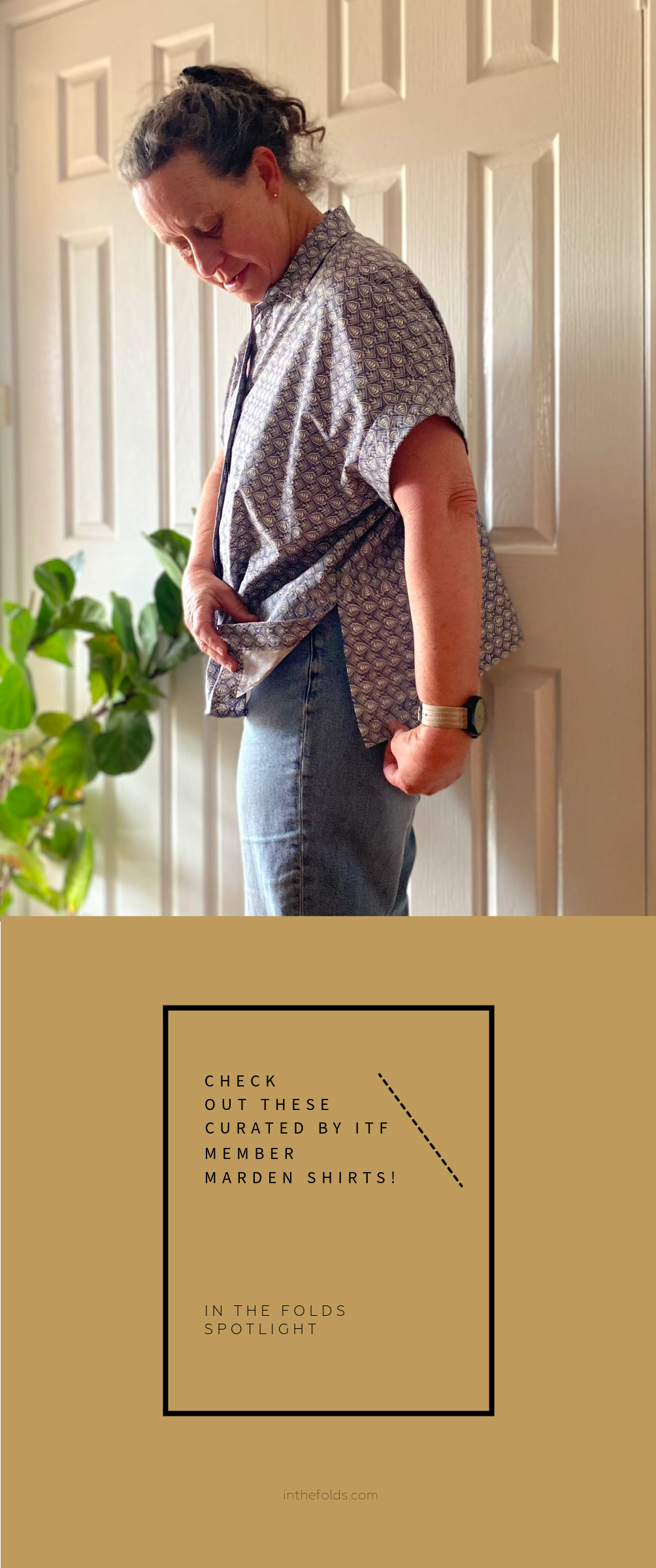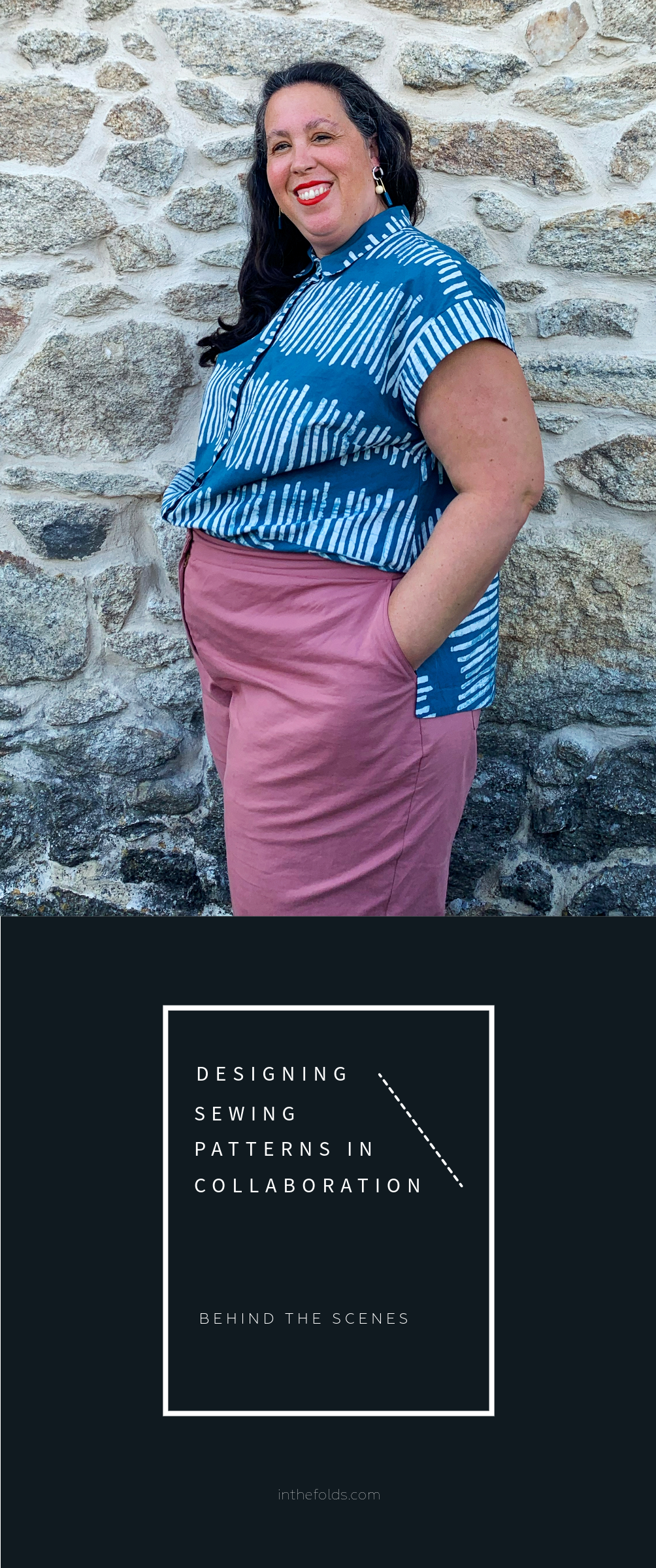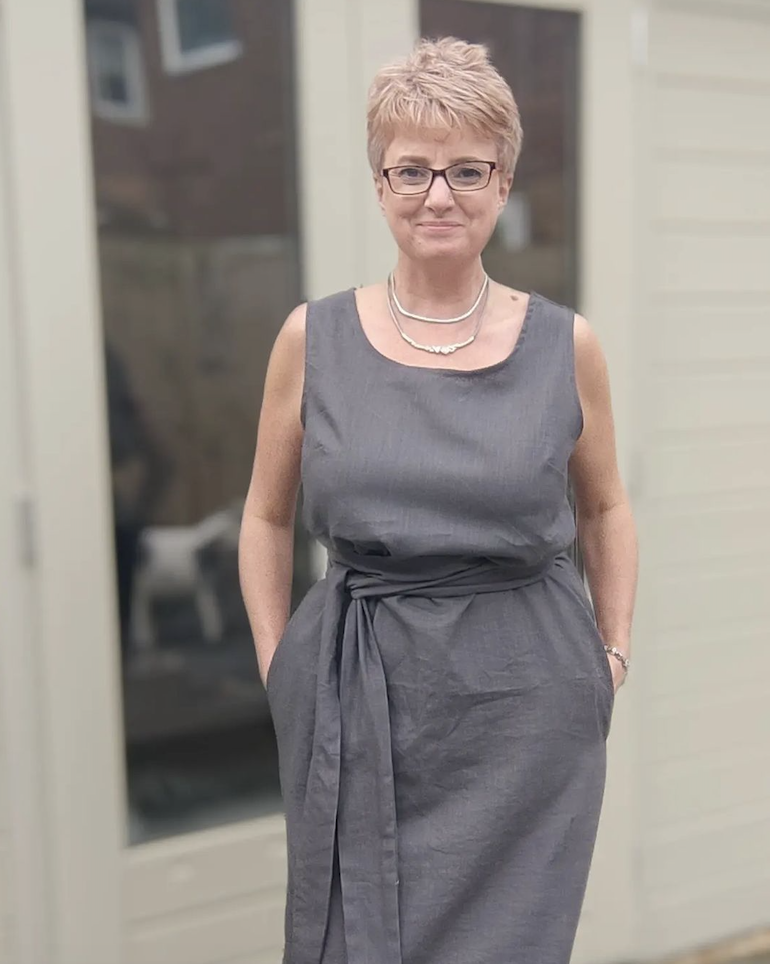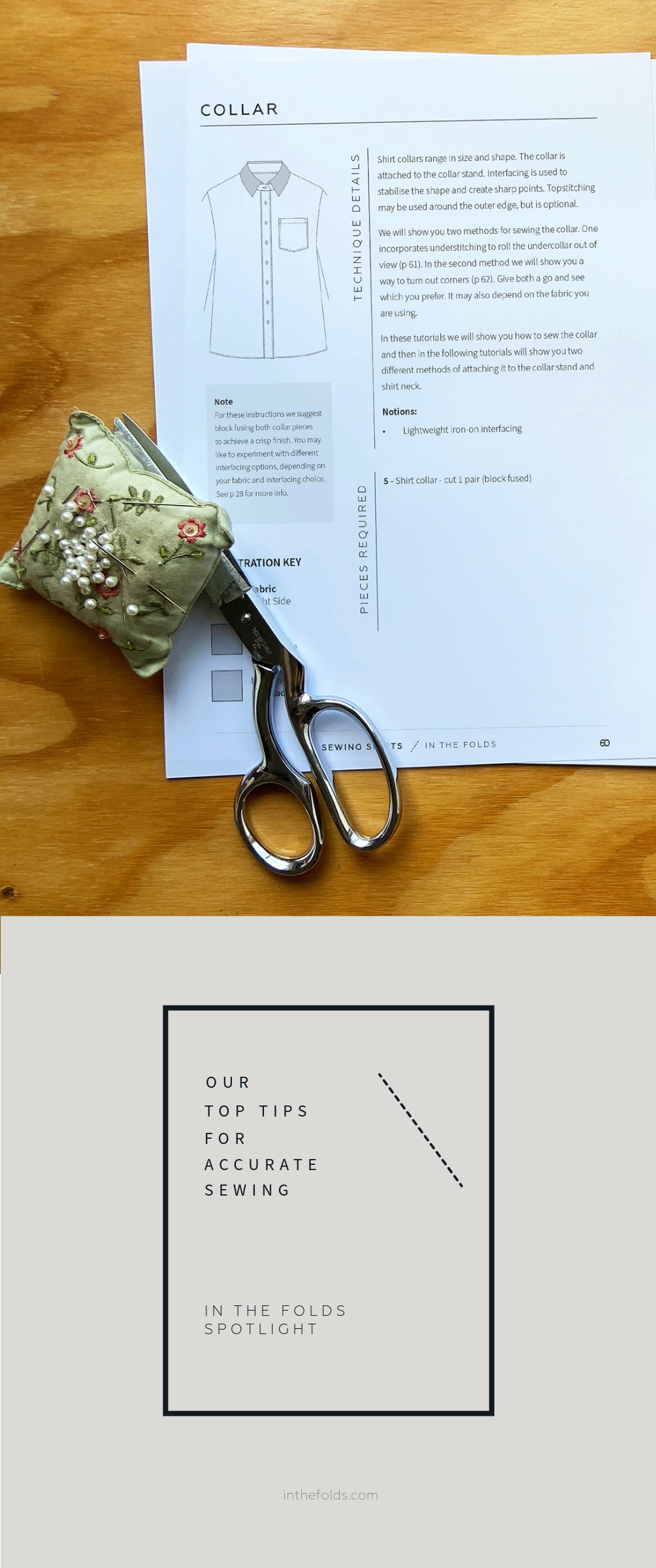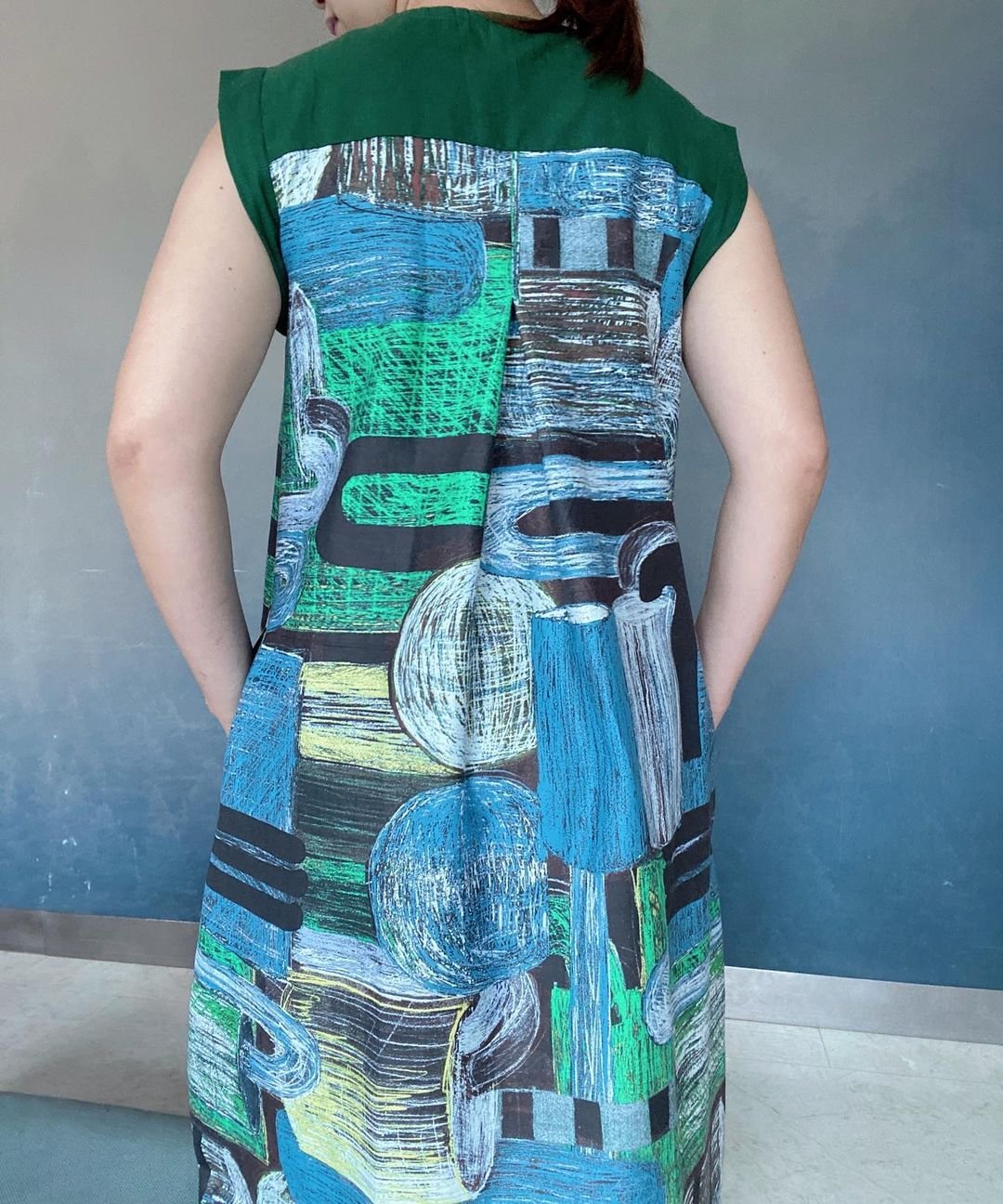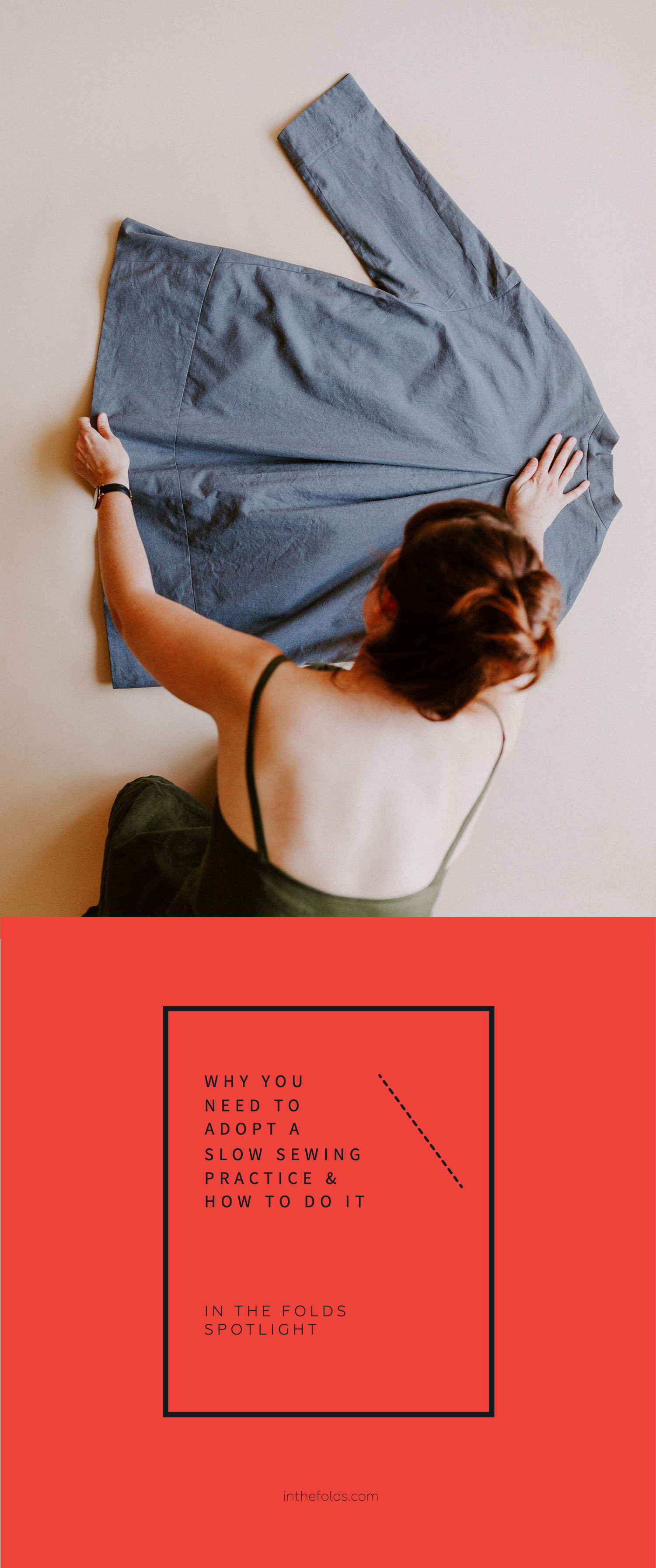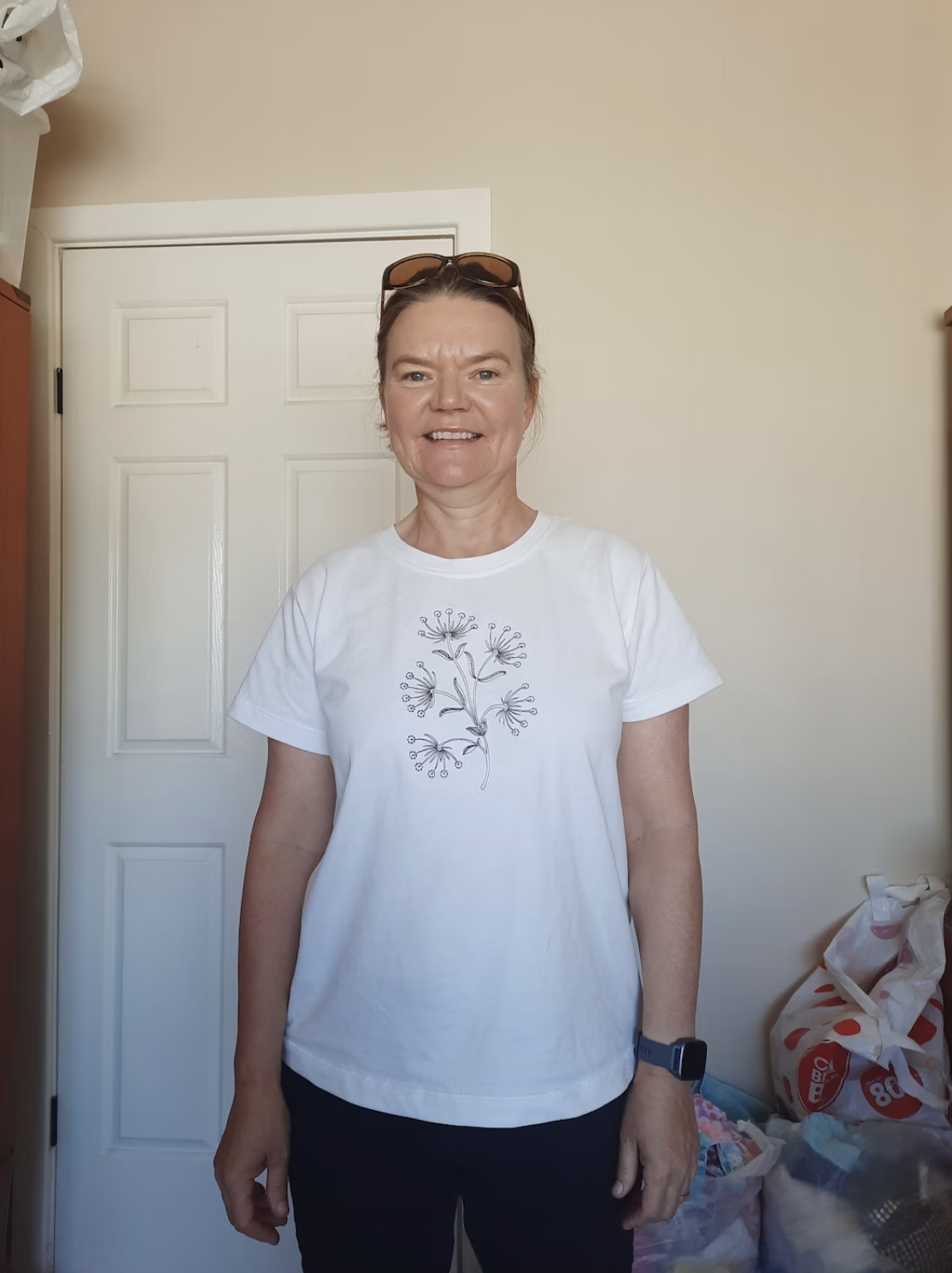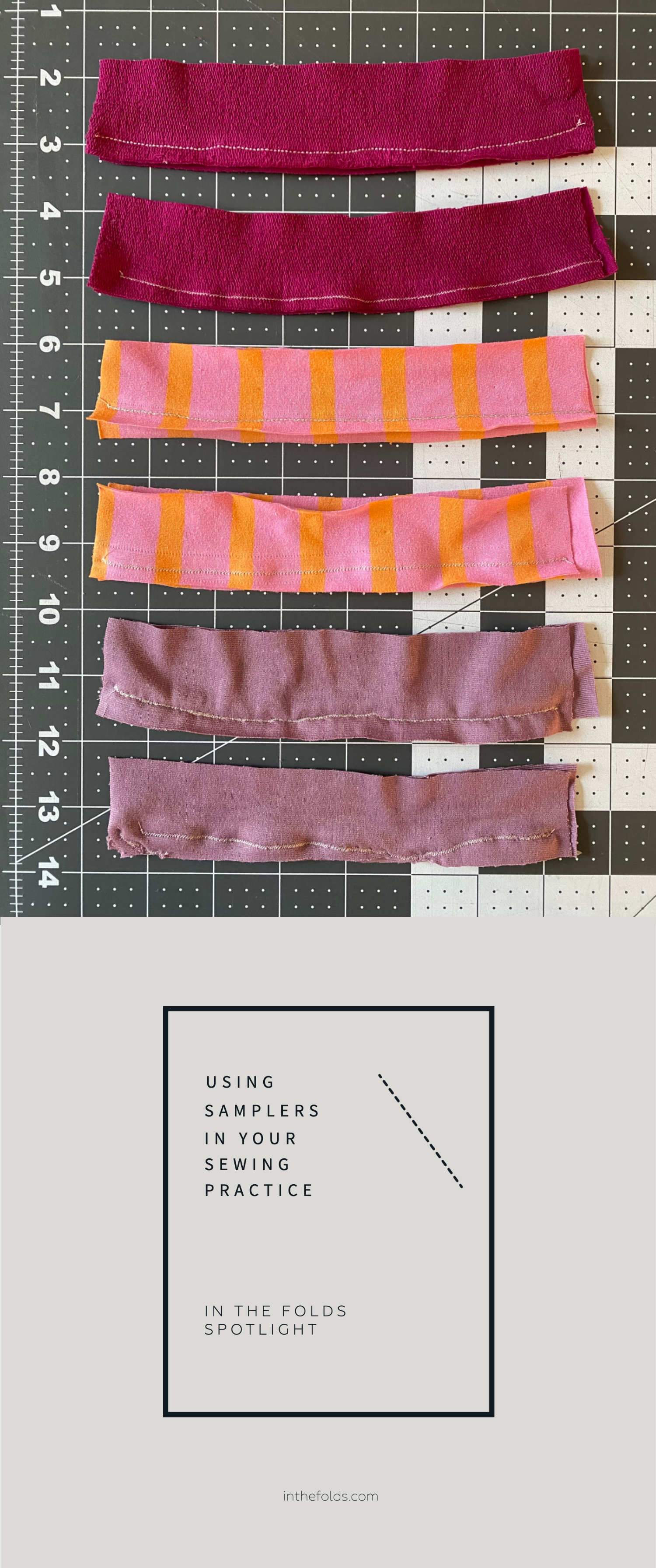Is anyone planning to sew an Elwood dress top? I'm a nursing mom, and this month's pattern isn't nursing friendly. I know it's based on the Collins top, but I don't have that one. Thoughts?
One of the things we admire about our Curated by ITF community is their readiness to hack a pattern into something new to make it suit them and their specific needs. Unsurprisingly, one of the first questions we were asked after releasing the new Elwood dress pattern was ‘Will there be an Elwood dress Hack Kit?’
And as much as we love giving our community EXACTLY what they’ve been asking for, we feel very much that the Elwood dress pattern is not in need of a specific hack resource to go with it. There’s a few reasons for this:
Creating a resource like a Hack Kit is really only of benefit on patterns that have a lot of potential for hacking into different designs. Because of the panelling in the Elwood dress design, there isn’t really that much you can do with it without first removing the panelling. In which case, there’s probably a better pattern to start from, like our Cartwright dress pattern, for example! Check out the Cartwright Hack Kit here.
If you do want to hack the Elwood pattern, you can use the techniques from our other Hack Kits. Once you know the basics of pattern hacking - adding or removing volume, moving or adding seams etc - then these techniques can be applied to any pattern.
Finally, to us the Elwood dress in itself is a very resolved design. In fact, it came about because Emily felt that the Collins top pattern had more to offer.
As we said in point 2 above, you can definitely still hack the pattern, and we love supporting our community to do just that as much as we can. Here’s some ideas!
Join Curated by ITF - find your new community!
If you're looking to be supported, motivated and inspired through your sewing journey our Curated by ITF subscription might be just what you're looking for.
As well as a monthly sewing project, you’ll gain access to our private member platform where you can receive feedback and advice from the ITF team and other experienced makers, participate in sew-alongs and make sewing besties all over the world!
from Elwood dress to Elwood separates
By shortening the panels of the skirt pieces significantly you could create an Elwood peplum top, keeping or removing the panel lines as shown. Highlight the structure of the design in the lantern sleeves and skirt by using a fabric with a little less drape, or keep with the drapey fabric for a more relaxed feel.
Use the skirt panels of the Elwood dress to make a simple panelled skirt with an elastic waist or turn it into a pair of culottes!
Add a button placket
A centre front button placket is an easy hack that would definitely create a nursing-friendly alternative. We cover this particular hack in the Cartwright dress Hack Kit and the Neale jumpsuit Hack Kit, but if you don’t have those resources this YouTube video does a great job of explaining the process.
Add an invisible zip
As the seams of the Elwood dress pattern are quite straight, adding an invisible zip to create access is a great idea and not too difficult. Here’s a blog post that shows how.
The Elwood dress pattern has been so well-received, and we can’t wait to see what everyone does with it. (We’re already seeing Elwood makes popping up in our private community by some of our super-speedy sewists!)
If you make an Elwood dress and share it on Instagram, please tag us @inthefolds and use the hashtag #ElwoodDress so we can find you!
Happy sewing!
Emily
